By Christopher Miskimon
The terrain around Leningrad, now St. Petersburg, in the Soviet Union proved difficult for the attacking German armies in August and September 1941. Swampy and heavily forested, the approaches often lacked decent roads and some villages in the area were only accessible by rail. The Soviet high command threw thousands of troops against the advancing Wehrmacht, but the Germans kept coming, destroying or sweeping aside any who stood in their path, though they took losses doing so. As the Germans neared the city, the Soviets formed new divisions from worker’s militias and used them to prepare new defenses, known as the Luga Line.
The Soviet 2nd Division built trenches near the German-held village of Ivanovskoye, emplacing mortars to bombard it. The next day German scout planes appeared overhead, seeking the mortar positions. Soon after bombers appeared, their ordnance fell across the landscape. Right after the aircraft departed the Germans unleashed several short but heavy artillery barrages, again pelting the Soviet lines, but the Soviets had dispersed their mortar tubes to minimize losses. Desperate for information, the Soviets sent militiamen out to capture prisoners for interrogation. The dour militiamen referred to such prisoners as “tongues,” since they would be made to talk.
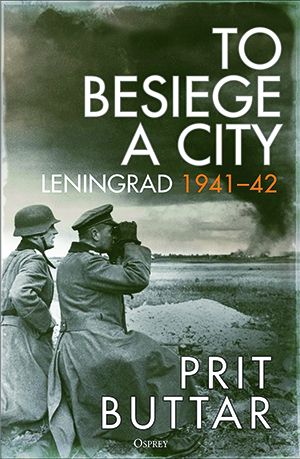 Bardin and Shubin, two former factory workers now turned soldiers, silently went forward. They attempted to ambush a car, but the three occupants all died when the car crashed. The Germans dropped leaflets encouraging the Soviets to desert, but few did. Some of the leaflets were signed by Stalin’s illegitimate son, Yakov Dzhugashvili. The militiamen refused to believe such a man could have been captured and dismissed the signature. In fact, he had been captured in July near Smolensk.
Bardin and Shubin, two former factory workers now turned soldiers, silently went forward. They attempted to ambush a car, but the three occupants all died when the car crashed. The Germans dropped leaflets encouraging the Soviets to desert, but few did. Some of the leaflets were signed by Stalin’s illegitimate son, Yakov Dzhugashvili. The militiamen refused to believe such a man could have been captured and dismissed the signature. In fact, he had been captured in July near Smolensk.
Bardin recalled discussing it with his fellow militiamen in very patriotic terms: “We? We are Leningraders! And Leningraders—how could I say this? People of a special temperament, of a special mood, Soviet Power was born in our city. The Socialist Revolution began its march from here. Is it possible to surrender such a city? No. This won’t happen. We will not surrender Leningrad!” Bardin was sure the Soviet armies would quickly go on the offensive and that reinforcements from the Red Army would soon arrive to relieve the militia units. While his beliefs seem naïve, they were heartfelt.
Soon the reality set in for these untrained and poorly equipped Soviet troops. One attack from the 2nd Division went in after the soldiers lay on the ground in front of the German lines all night. Lacking any real training, the men went forward shouting “Urrah!” They could not see the Germans but began shooting, and soon return fire swept across their ranks. Many of the Soviets took cover on one side of a road. A Soviet machine gunner saw one of his comrades wounded by a burst from a German submachine gun. The Soviet set up his own weapon and fired at a German motorcyclist, who disappeared before the Soviet could tell if he hit his target. In a few minutes he ran out of ammunition and a company commander came along and told him to take cover in some nearby woods. A group of Soviet infantry had gathered there, all of them completely out of ammunition. No one seemed to know what they were doing.
The Soviets took fearful casualties as the Germans approached Leningrad, and soon the city sat surrounded by German forces. Those Germans dug in prepared to starve and blast the defenders out of their home, but this was just the beginning of a years-long effort which would ultimately fail. The beginning of this terrible ordeal is expertly recounted in To Besiege a City: Leningrad 1941-42 (Prit Buttar, Osprey Publishing, Oxford UK, 2023, 464 pp., maps, photographs, notes, bibliography, index, $40, hardcover).
The author is an acknowledged expert on the Eastern Front in both world wars, and this latest volume joins over a dozen other equally well-written books. The level of detail in this work reveals the depth of research which went into its creation. It is an engaging and informative work, compelling the reader to continue turning the pages. The narrative skillfully moves between the actions and decisions of high-ranking generals and the battlefield experiences of private soldiers struggling to survive the next fight. The maps are detailed but easy to follow and the narrative is logical and absorbing.
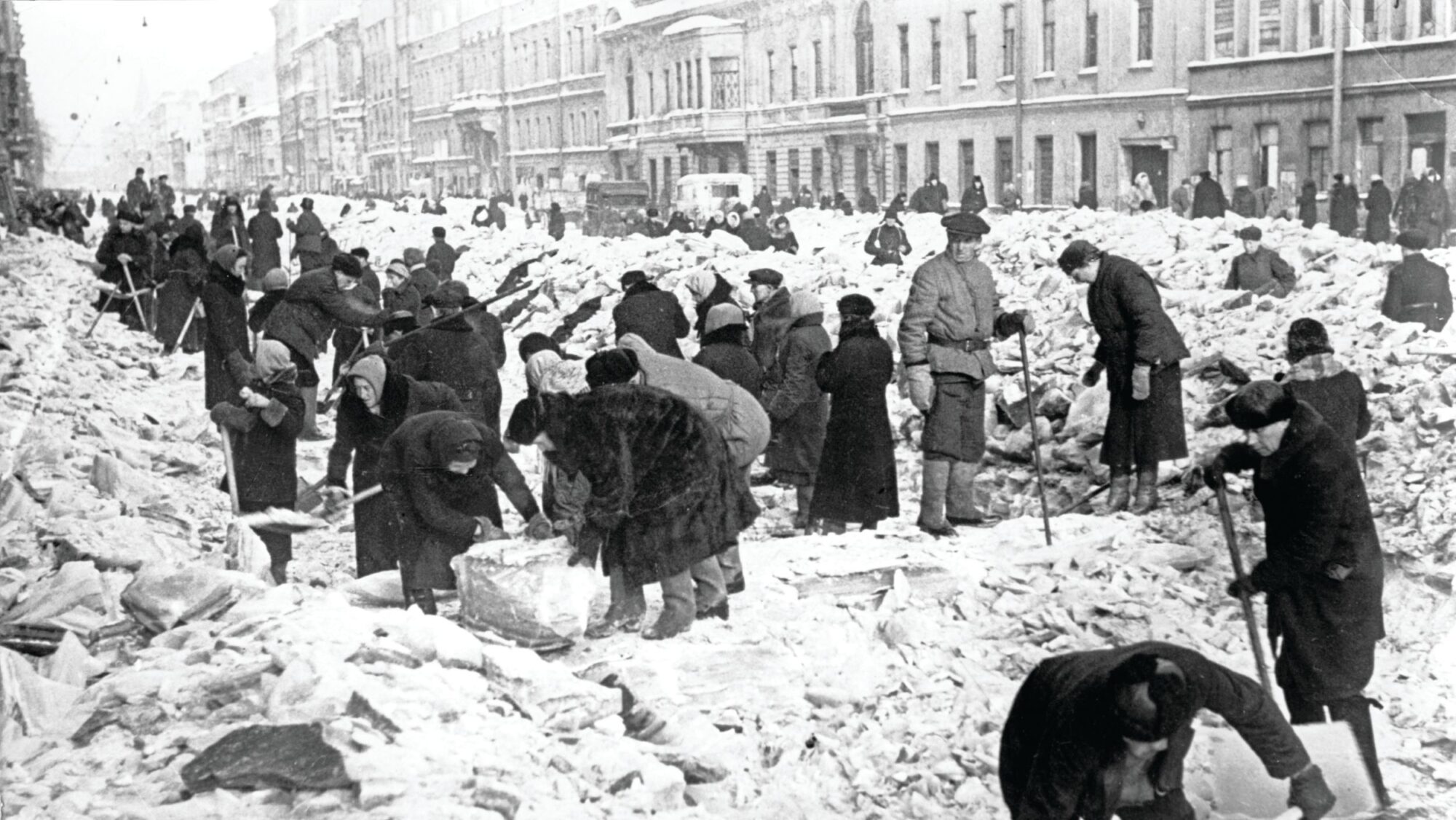
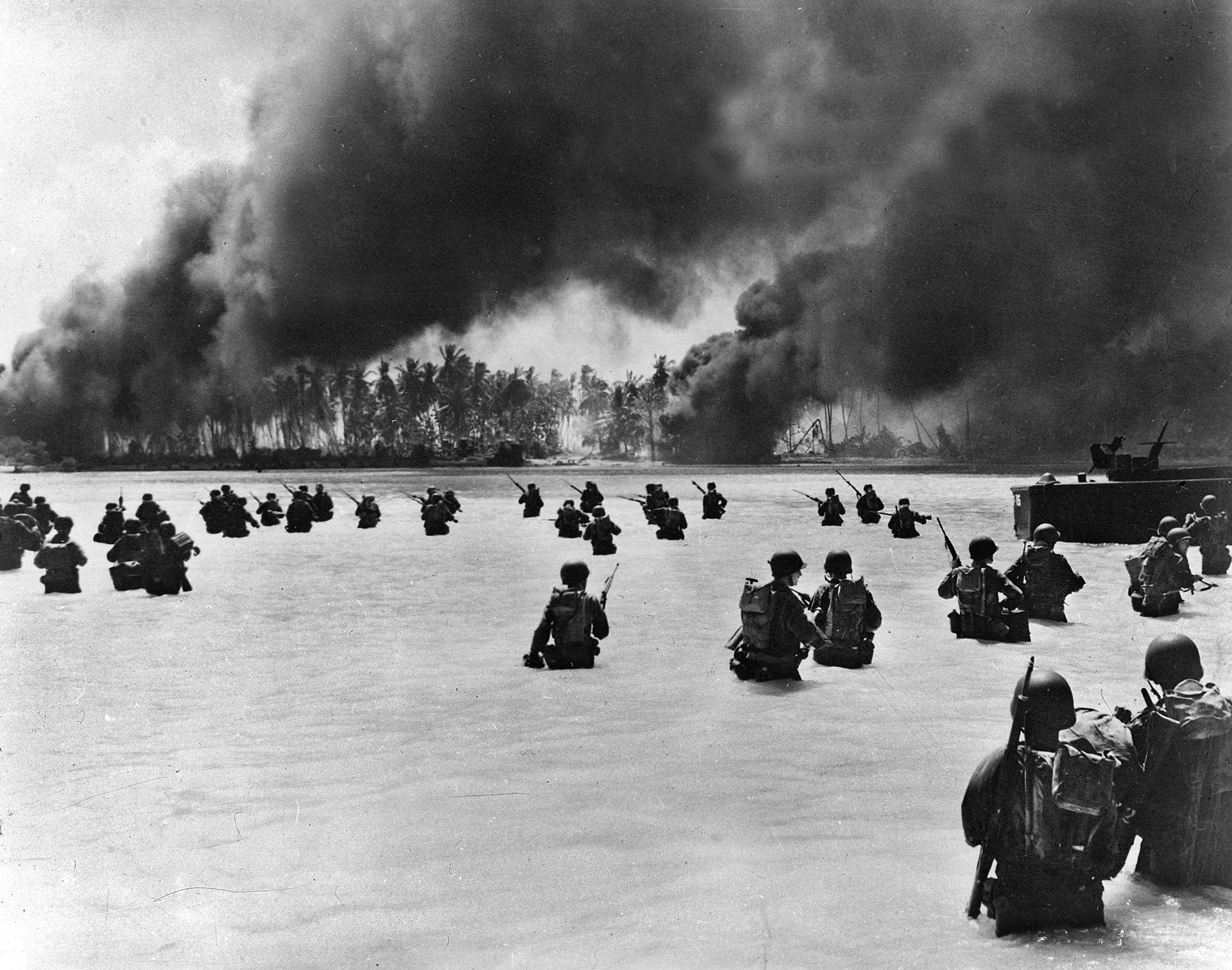
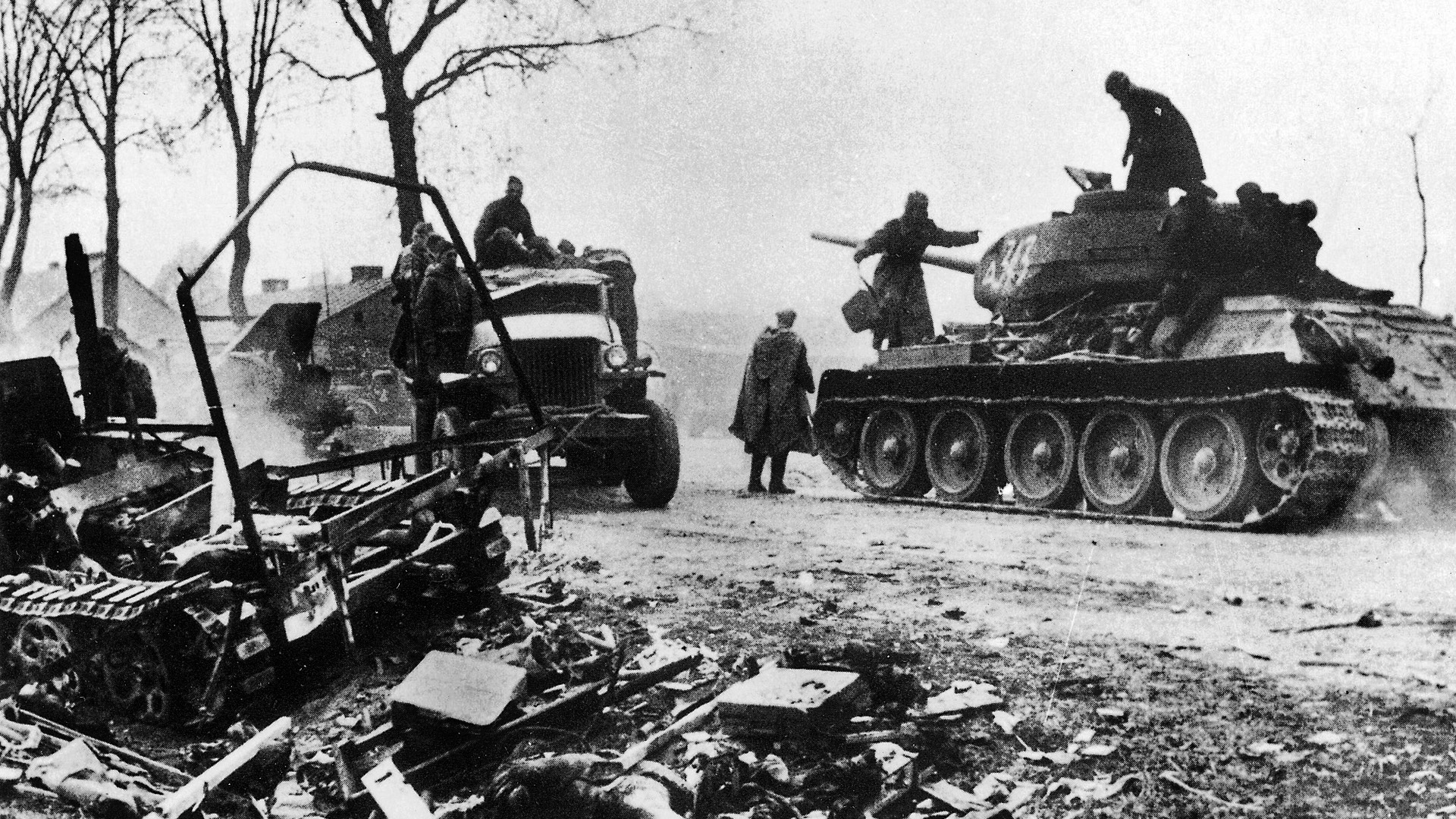
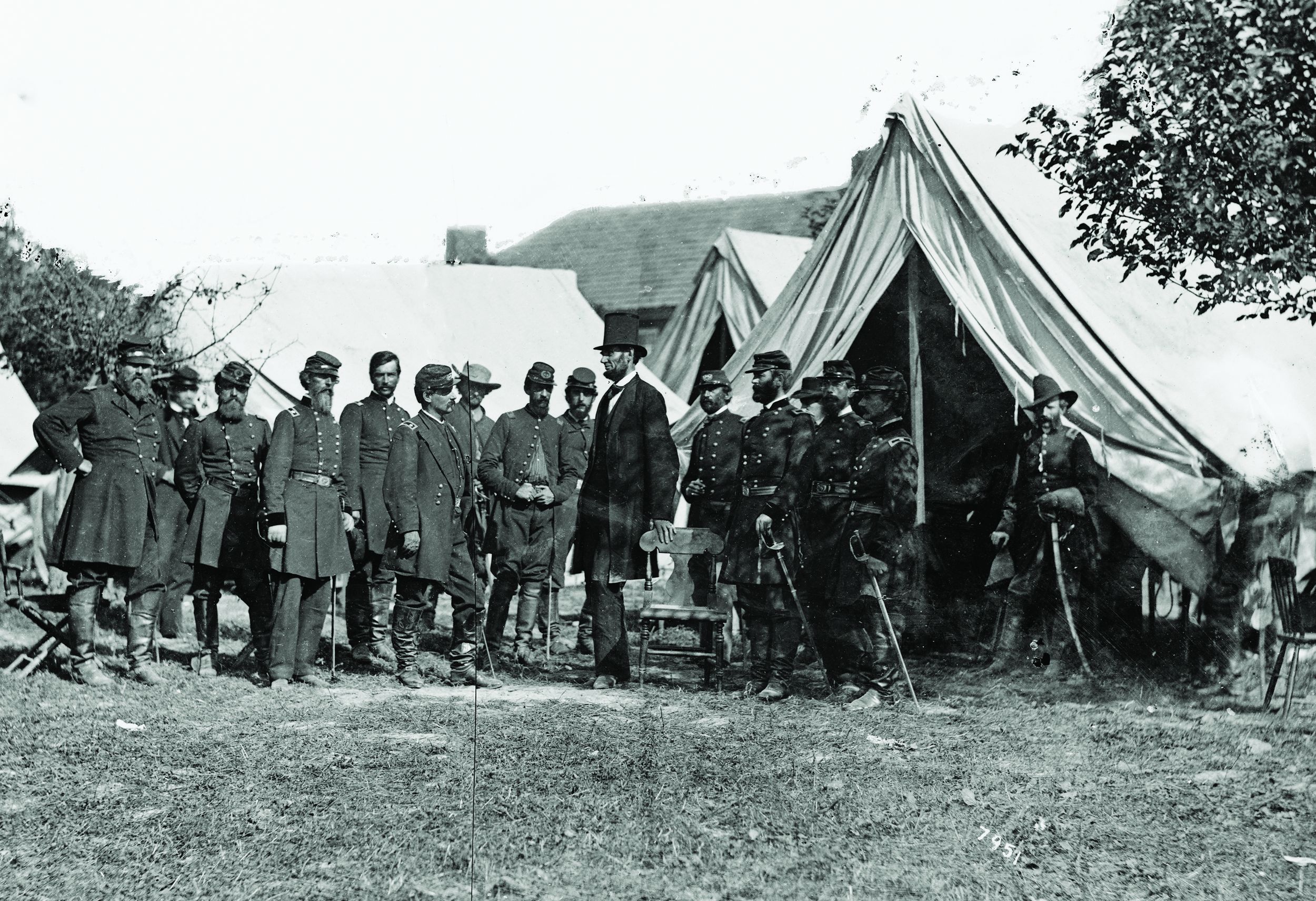
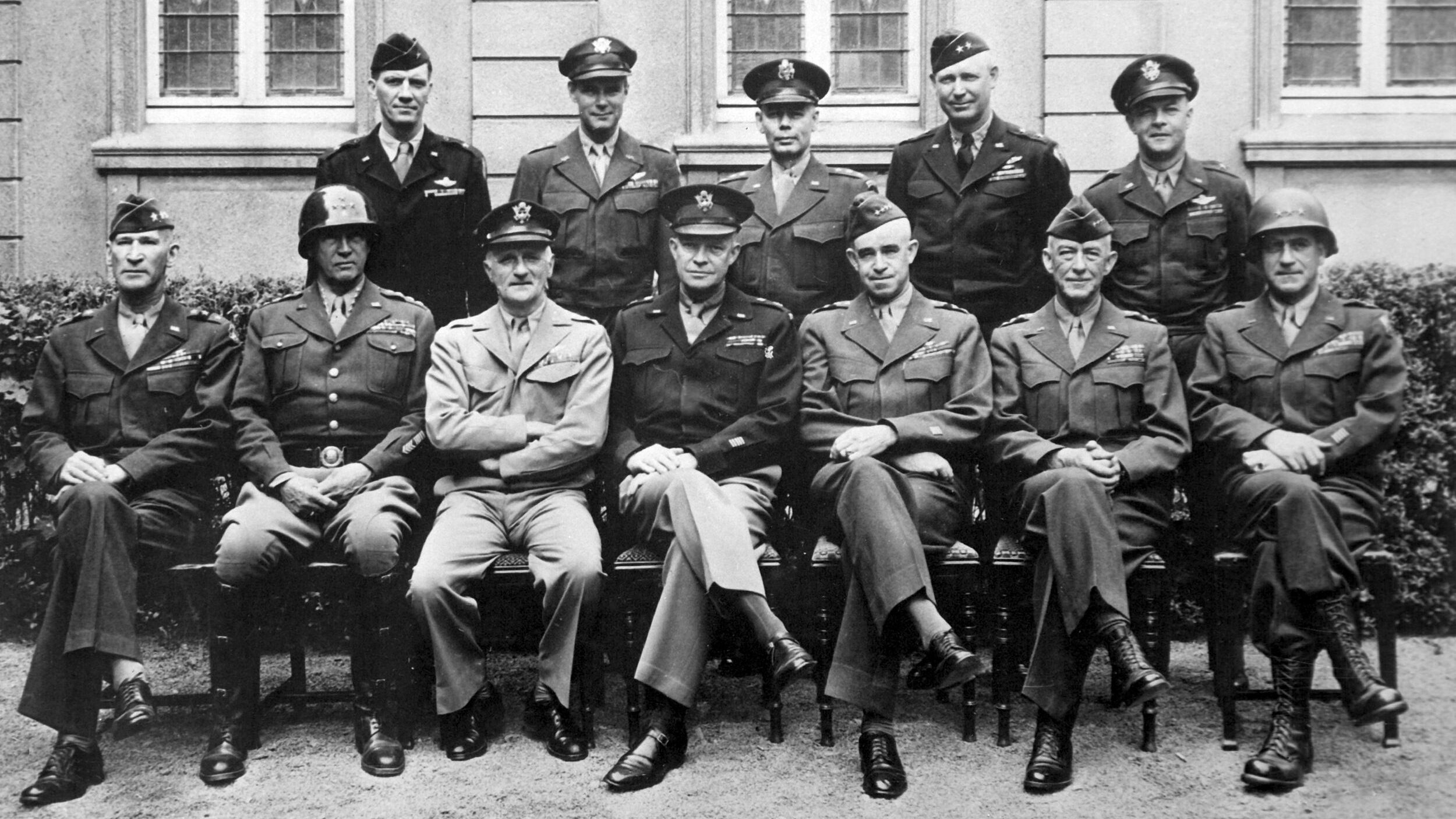
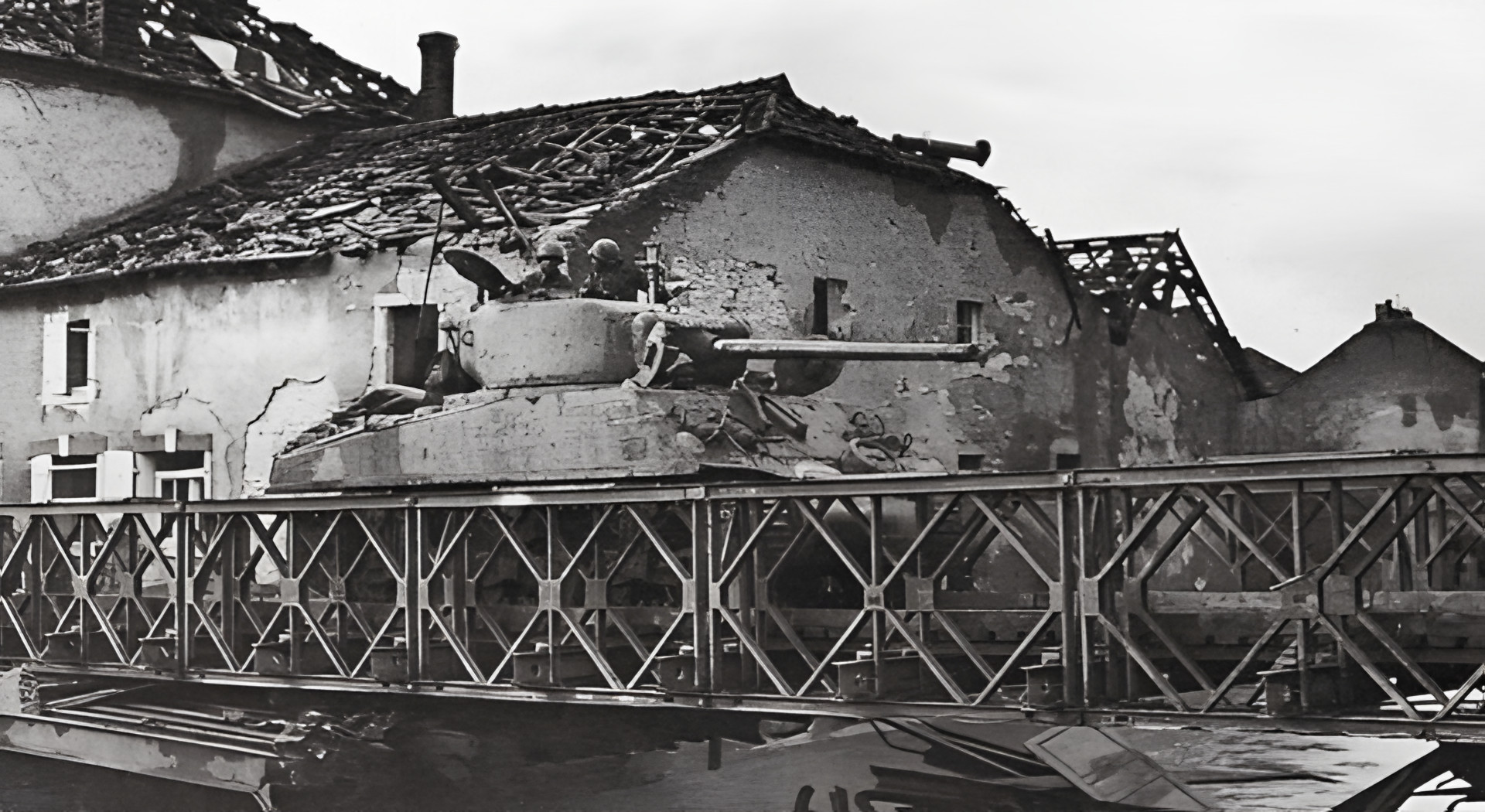
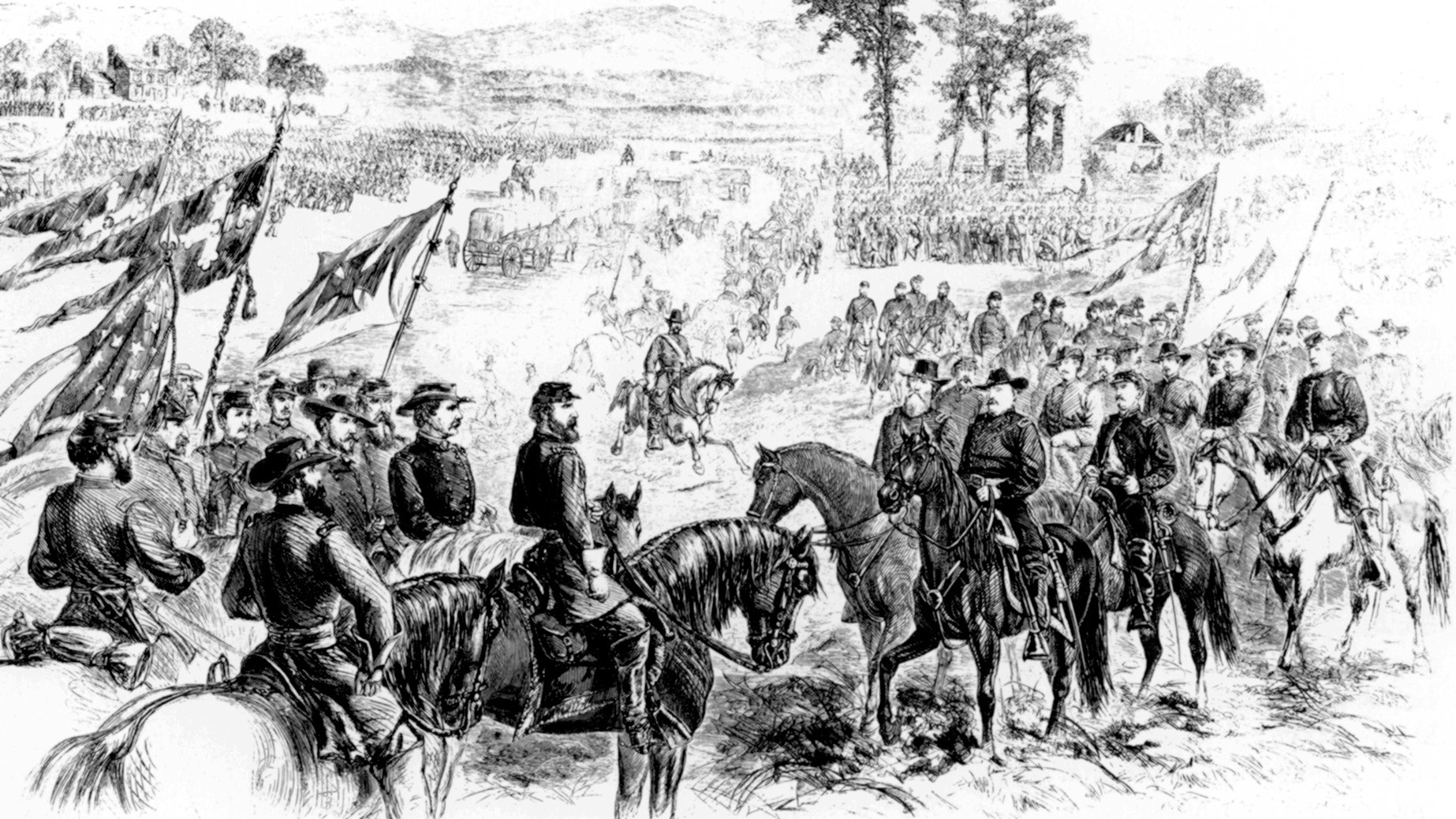
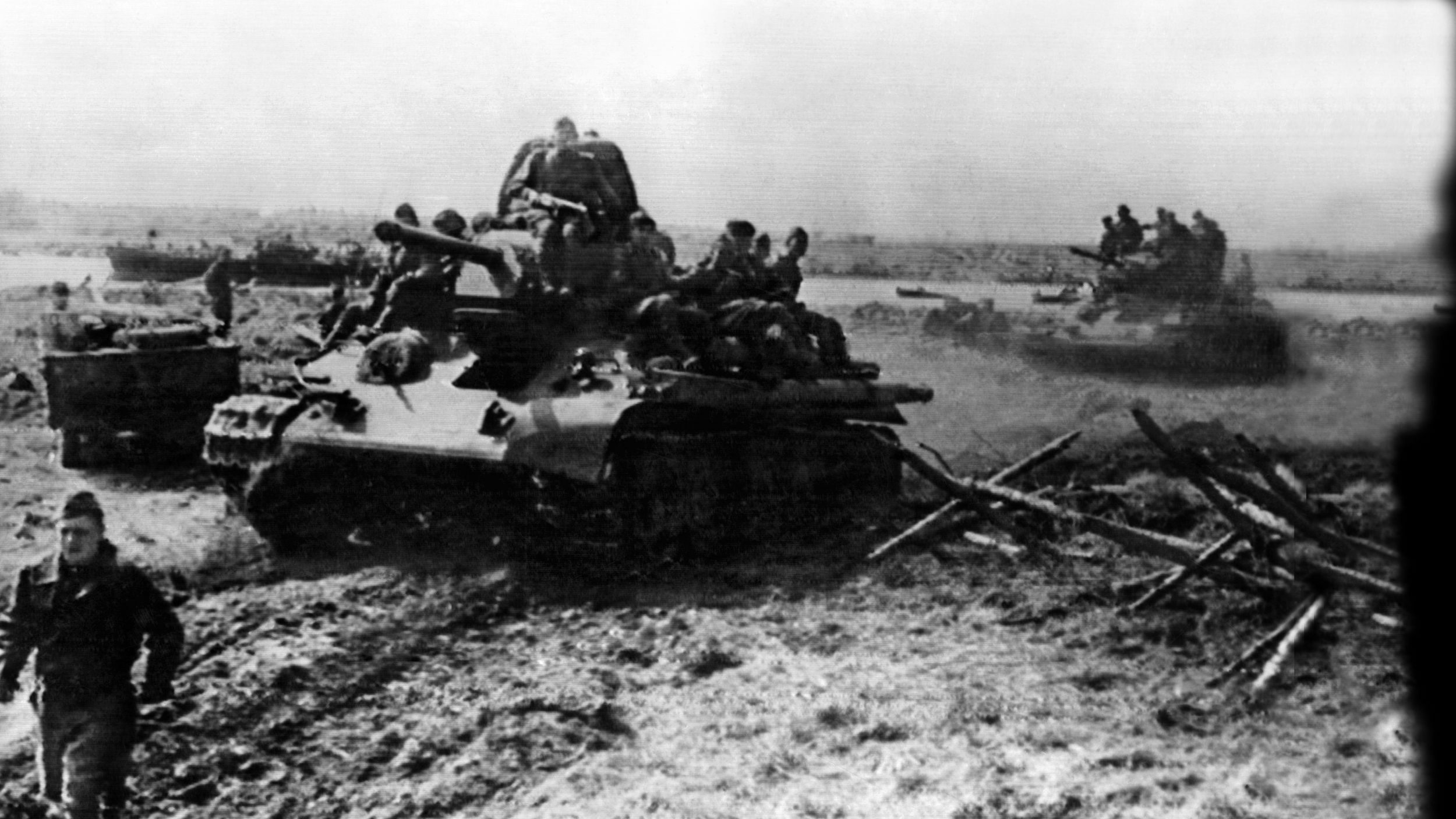
Join The Conversation
Comments
View All Comments